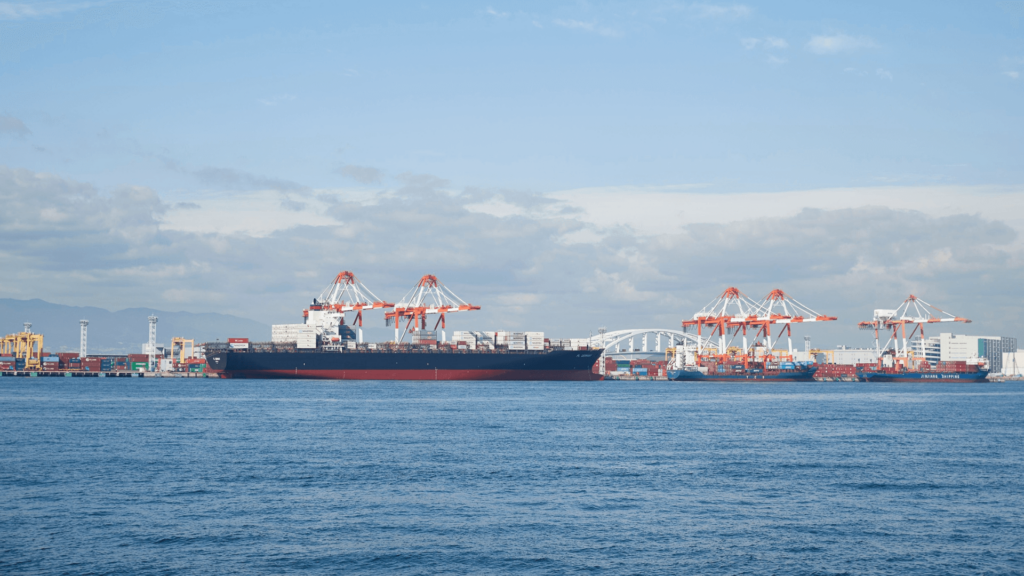The EU’s present aviation safety record is excellent. With the average annual accident rate in commercial air transport in the last ten years standing at 1.8 per ten million flights, the EU is one of the safest regions in the world for air travellers. At the same time, it is clearly visible that the accident rate, following improvements achieved in the previous decade, has flattened and remains constant since 2010. With the aviation traffic in Europe predicted to reach 14.4 million flights in 2035 (50% more than in 2012), there will be a need to strengthen efforts in order to maintain the current low number of accidents, and possibly to reduce it further.
While the present system has been effective so far in delivering a high level of protection for the users of the European air transportation system, it may not be the most efficient one. There is a need for a more flexible regulatory system which would allow allocating the resources more efficiently for the benefit of safety, eliminating ineffective regulation, and boosting the competitiveness of the EU industry while respecting social and environmental standards. Especially small and medium sized enterprises strongly urge the European Commission to study the possibility of introducing a more proportionate regulatory framework and doing away with regulation that stifles innovation and competitiveness with too prescriptive requirements. The ways of interaction and cooperation at all levels, and especially between the Member States’ authorities and EASA, need to be looked at and the use of resources needs to be optimised. Furthermore, the long-term stability of the EASA system should be fostered, and a balanced level of beneficiaries’ contributions should be achieved.
In view of the above the European Commission is planning in conjunction with EASA a policy initiative that aims at preparing the European aviation safety framework for the challenges of the next 10-15 years. A revision of Regulation (EC) 216/2008 on common rules in the field of civil aviation and establishing a European Aviation Safety Agency is envisaged to be proposed by the European Commission mid-2015. It will constitute a central building block of the European Union’s overall efforts to continue to improve aviation safety and environmental protection. The first regulation in this regard was adopted in 2002.
It is now time for a comprehensive review, based on the lessons learned over the last years, and taking into account the evolution of the global aviation market and new insights of regulators and industry with regard to aviation safety management and oversight. To this end the European Commission has launched an impact assessment including a public consultation. In parallel, EASA has carried out a complementary stakeholder consultation and will prepare an opinion. The Florence seminar will be an opportunity to follow up on the outcome of the stakeholder consultations carried out by the European Commission and EASA in 2014 and to reflect on ways of improving the European aviation safety system taking into account different interests involved. During the one-day event discussions will focus on the three most complex and critical areas in which progress could be made to modernise the regulatory system and to ameliorate governance:
- Towards a better regulatory system: does the current system meet the European citizens’ needs?
- Are the resources adequate for the system?
- Are there new domains where the EASA system would add value?
This event is by invite only.
DOWNLOAD
RELATED PUBLICATIONS
ORGANIZED WITH



